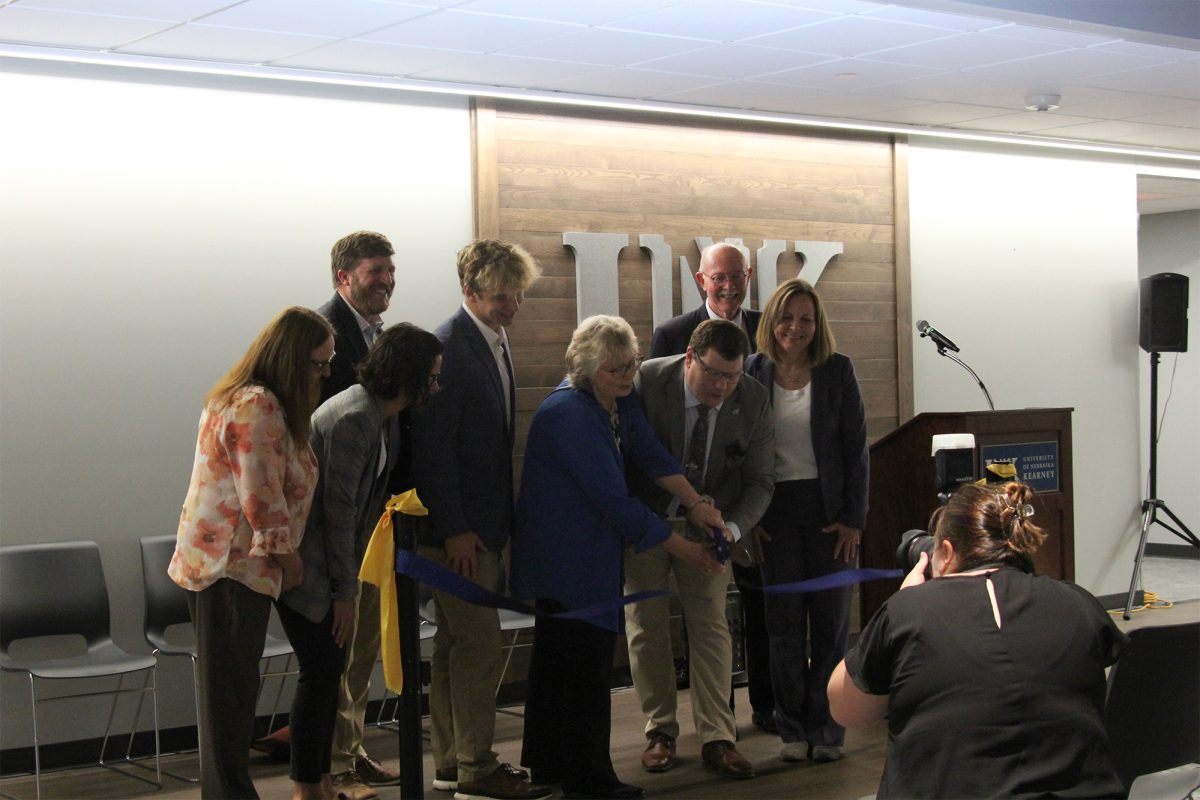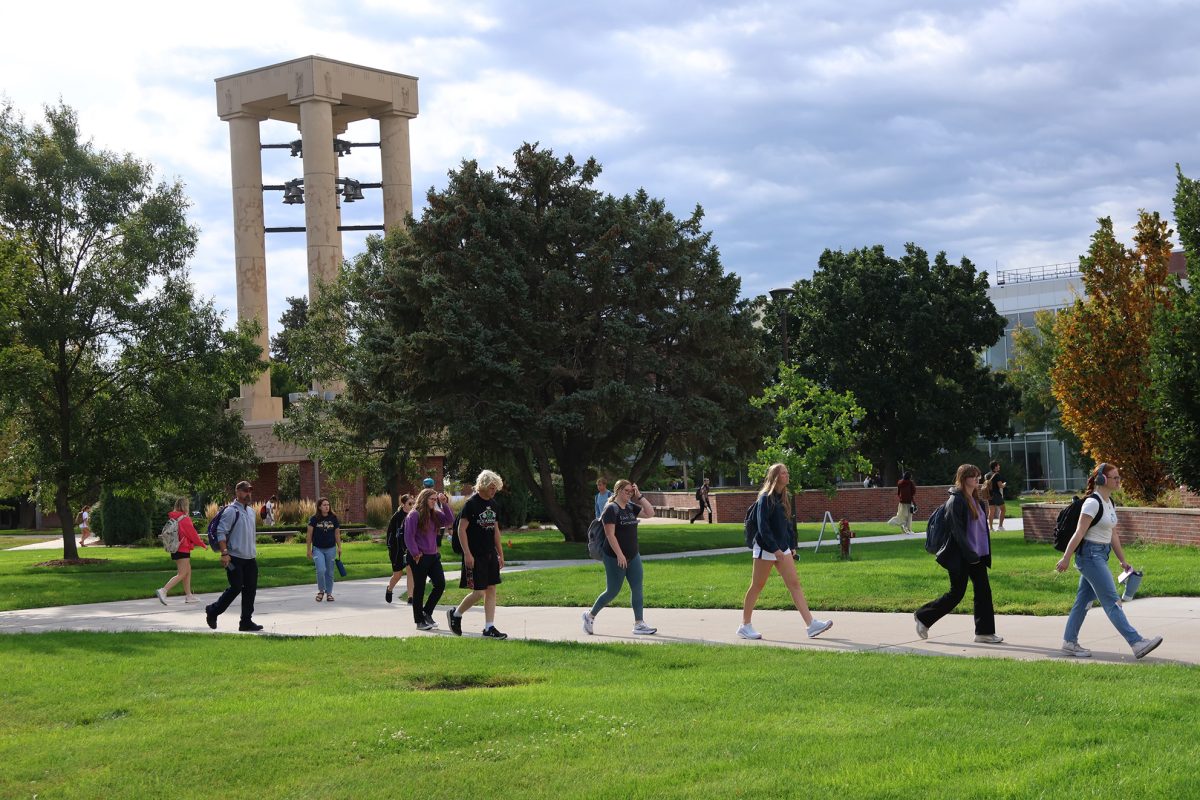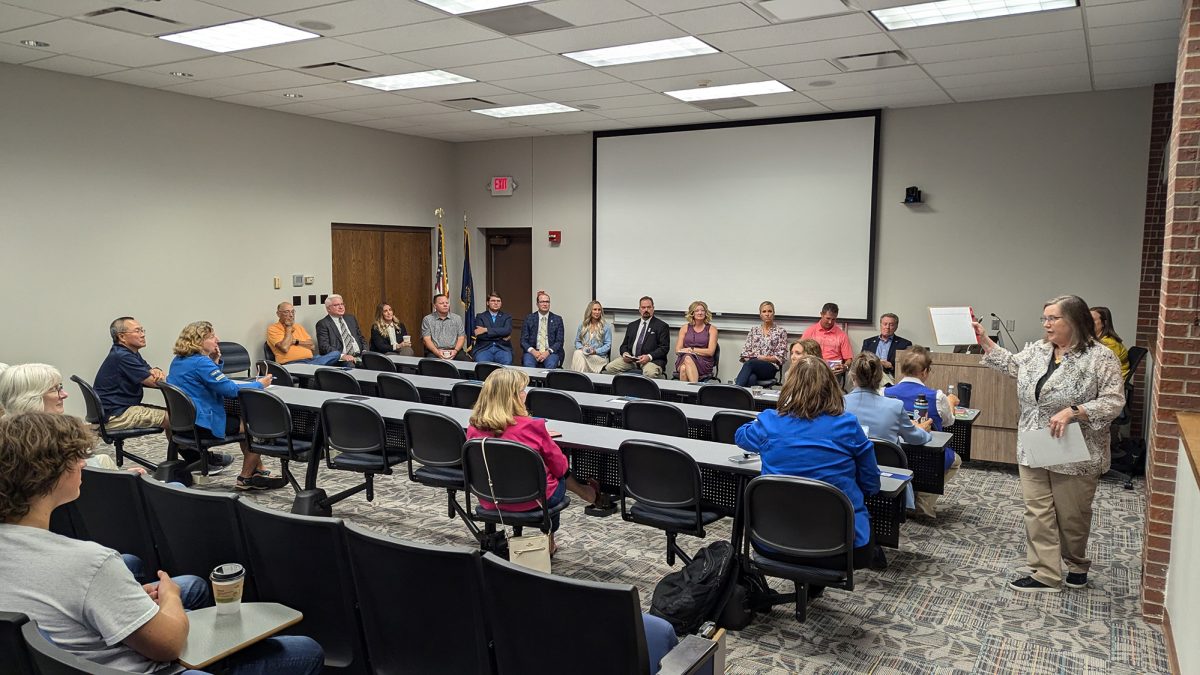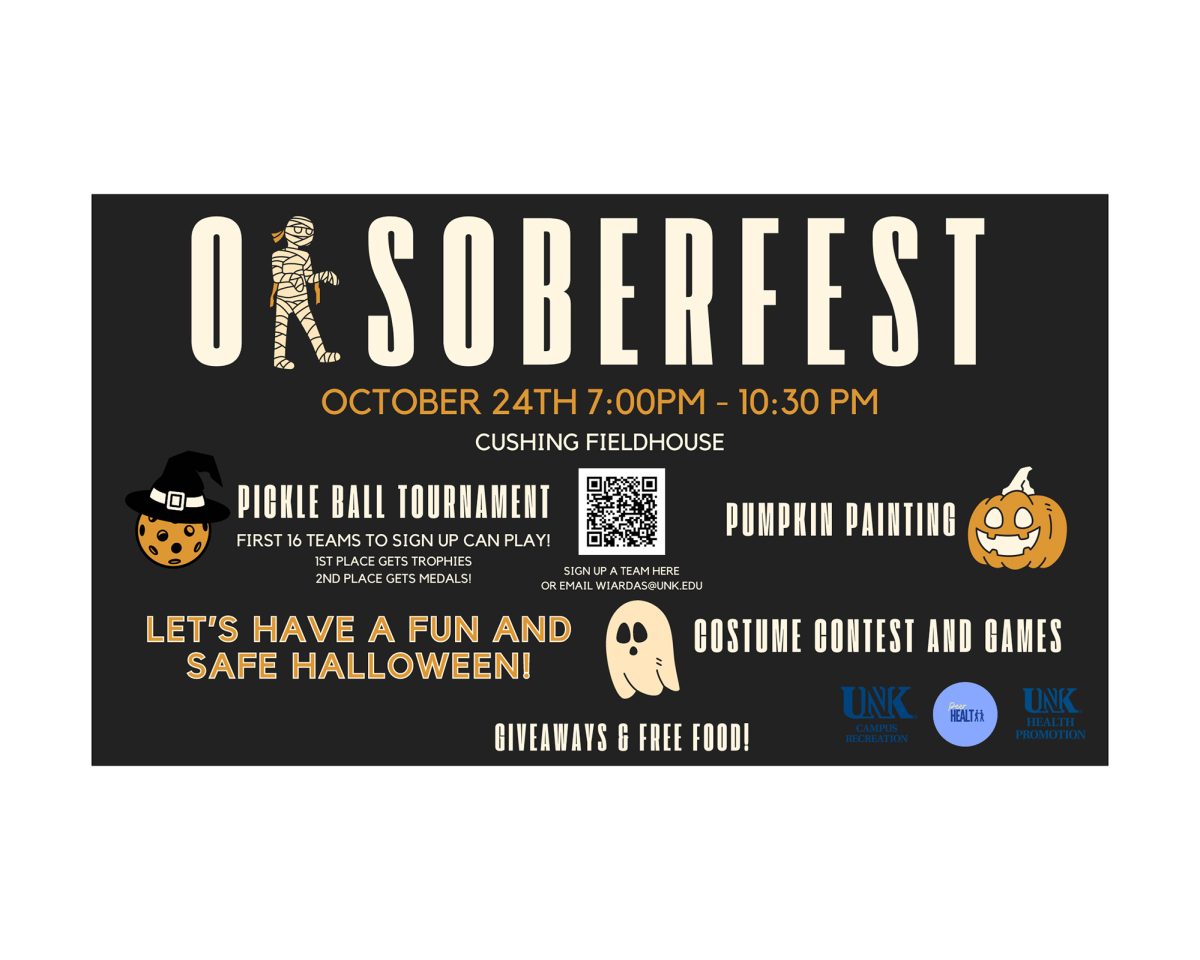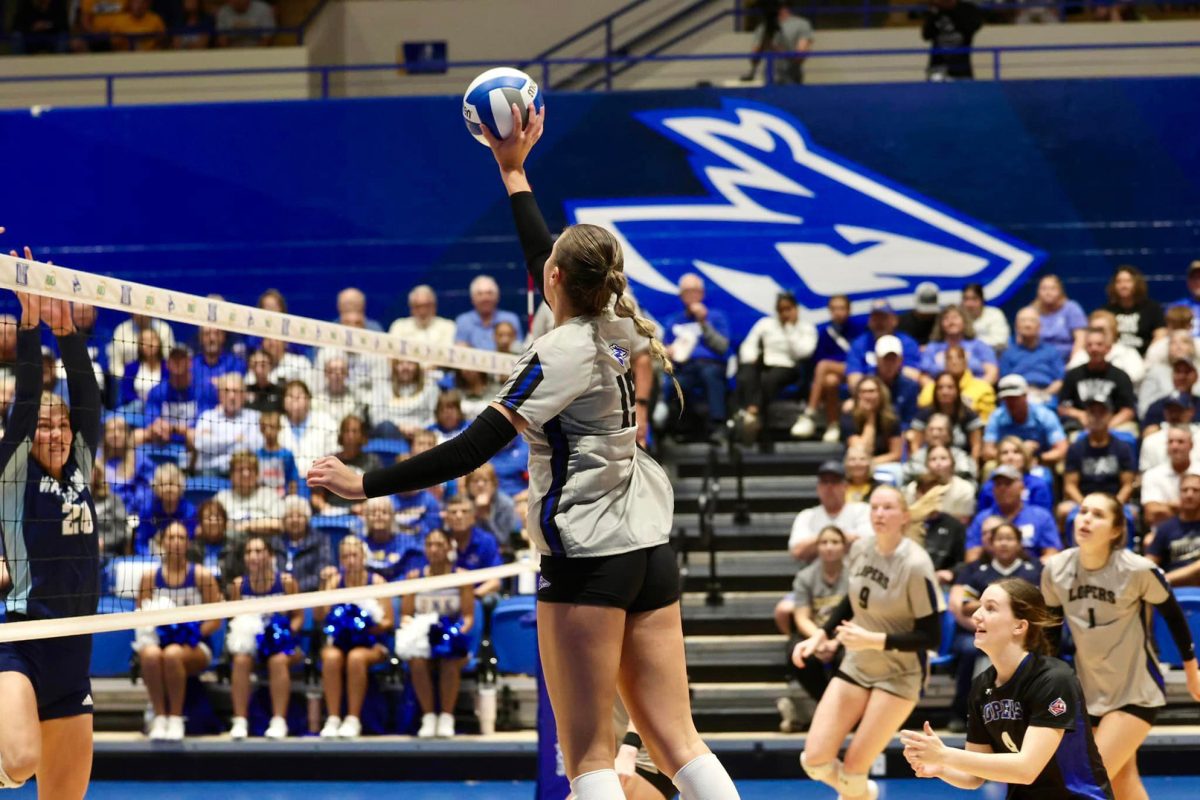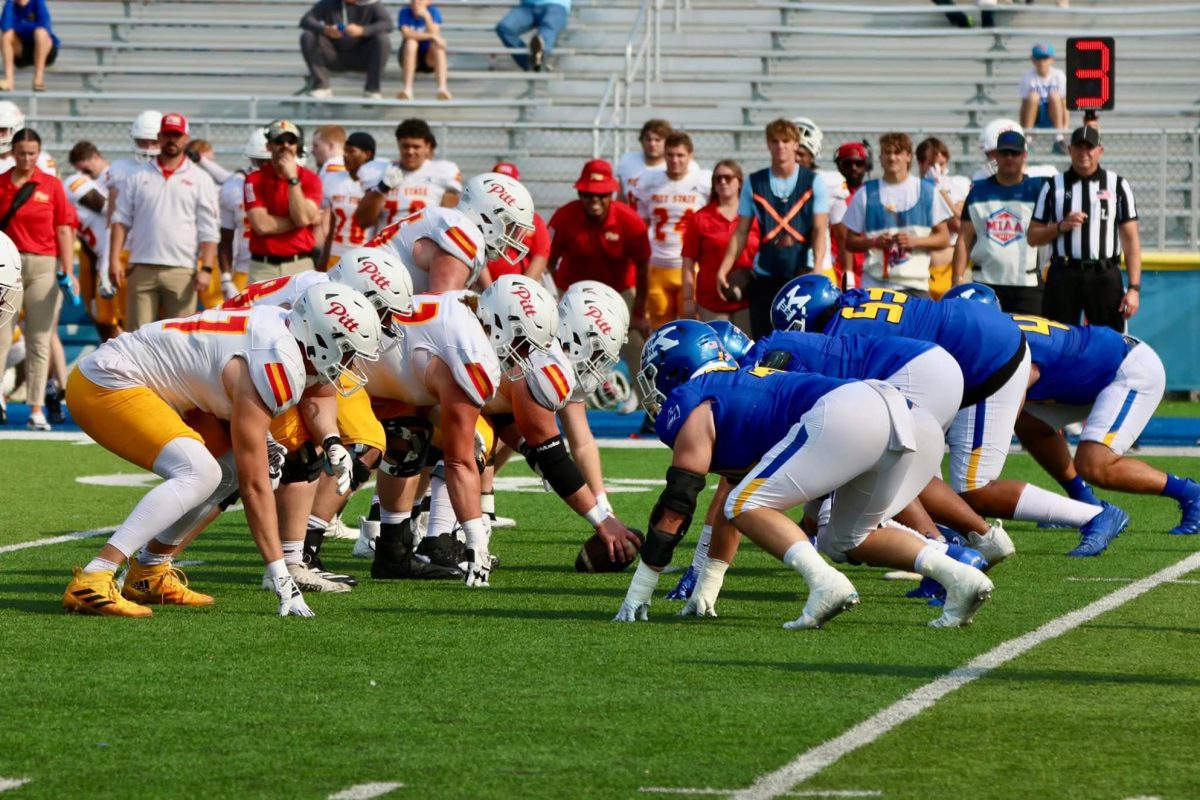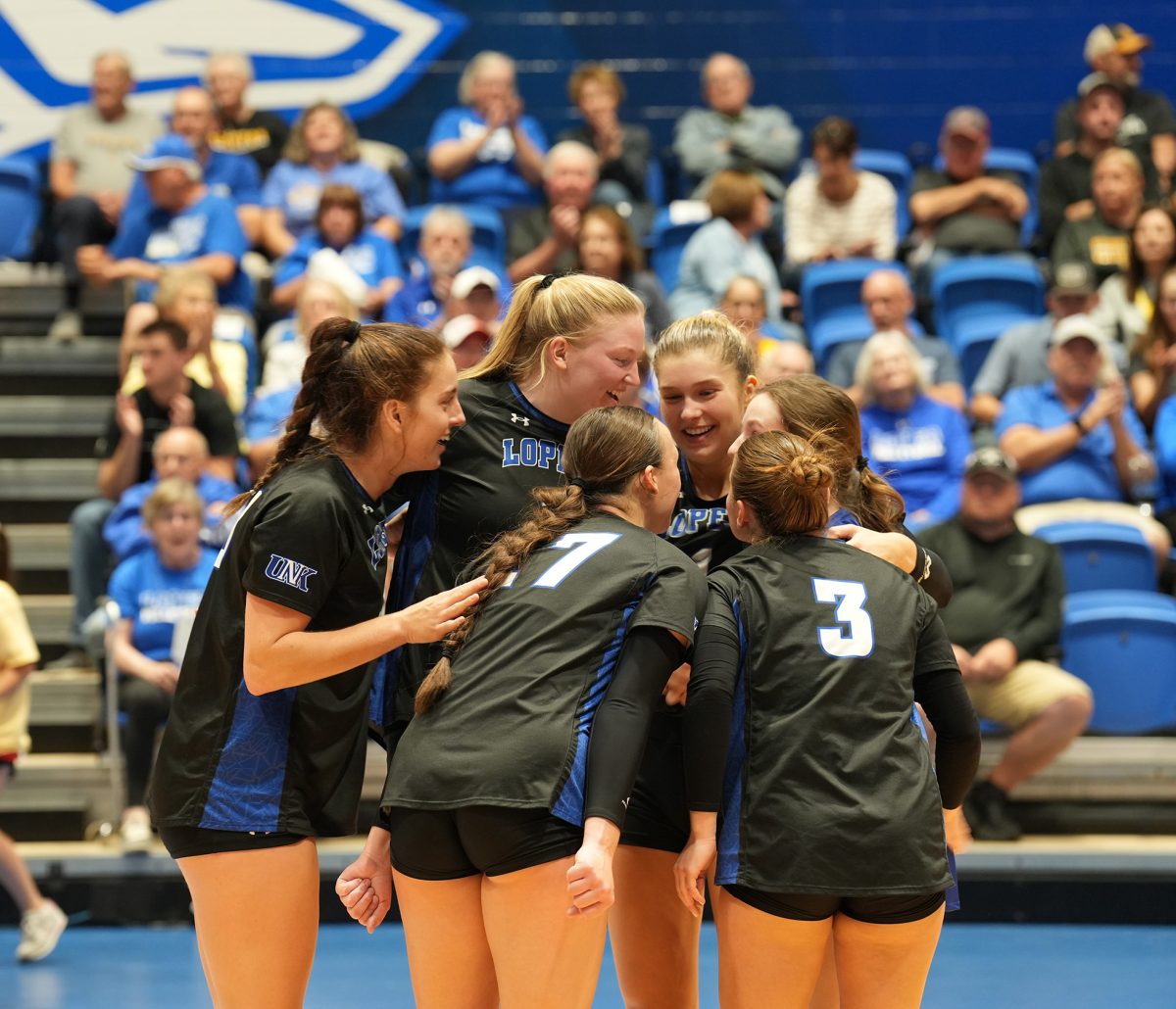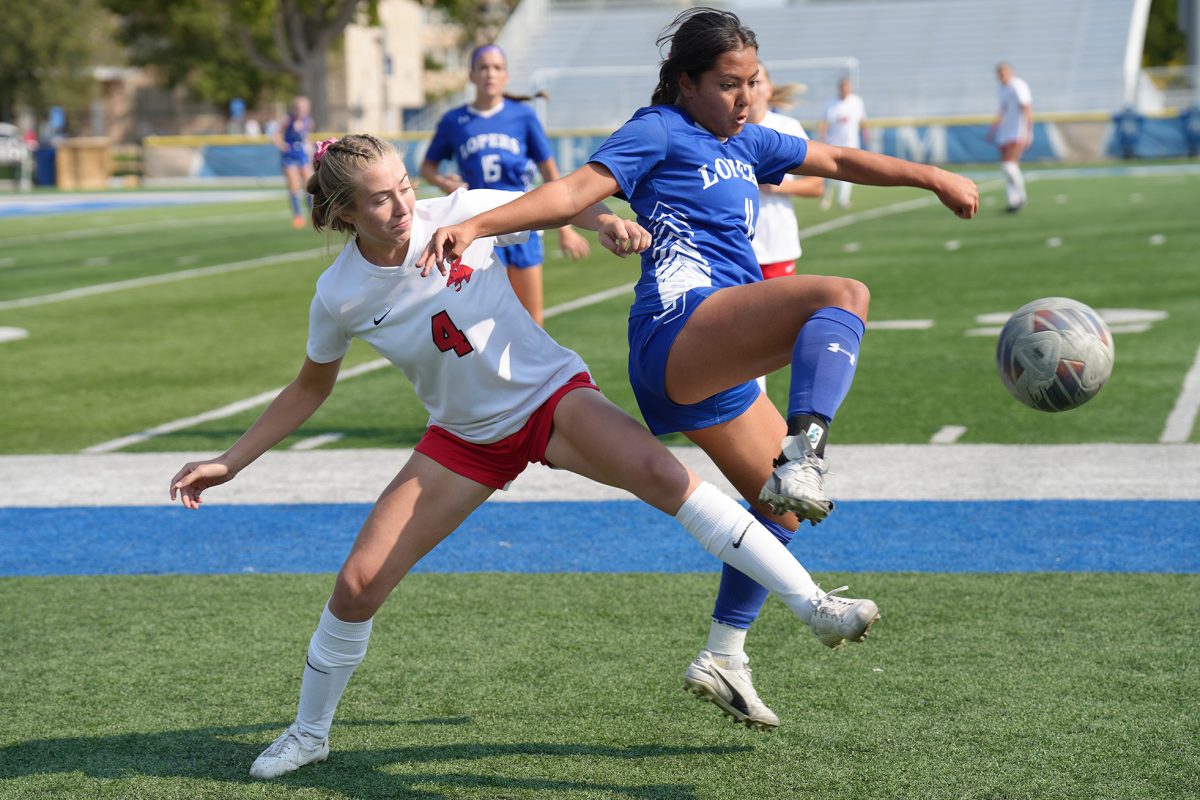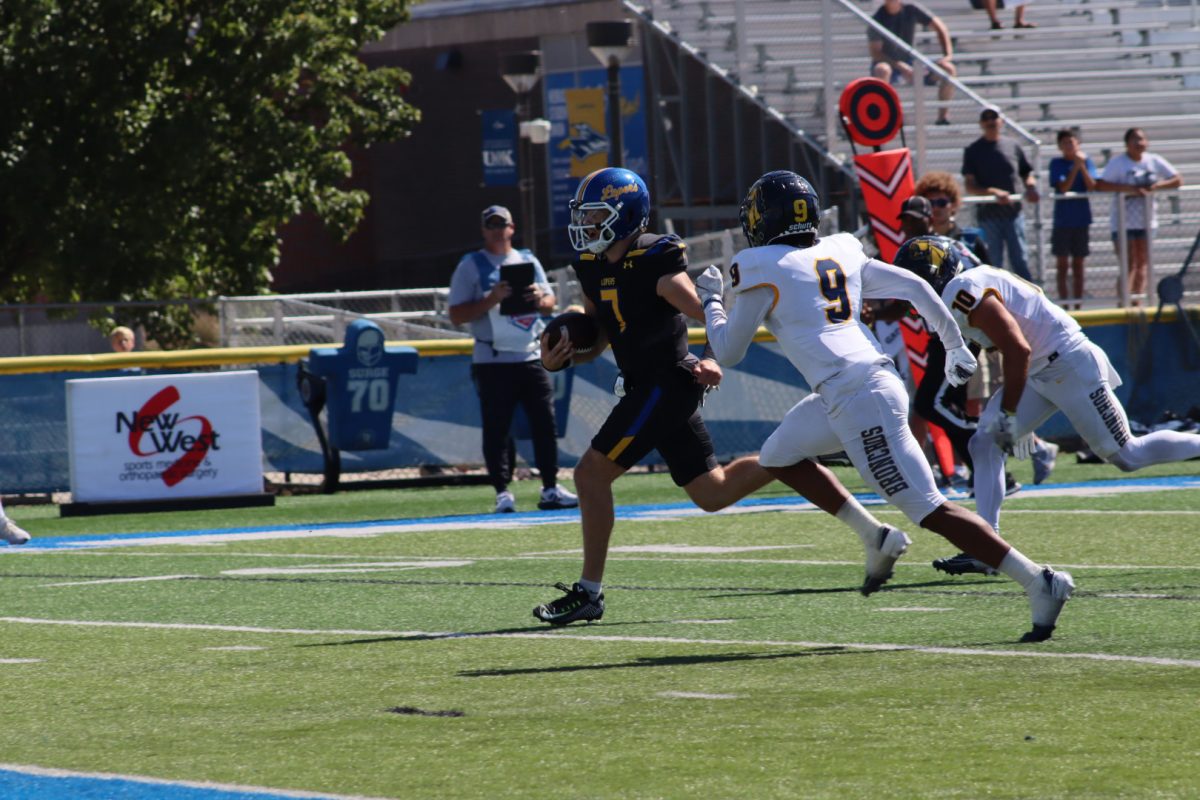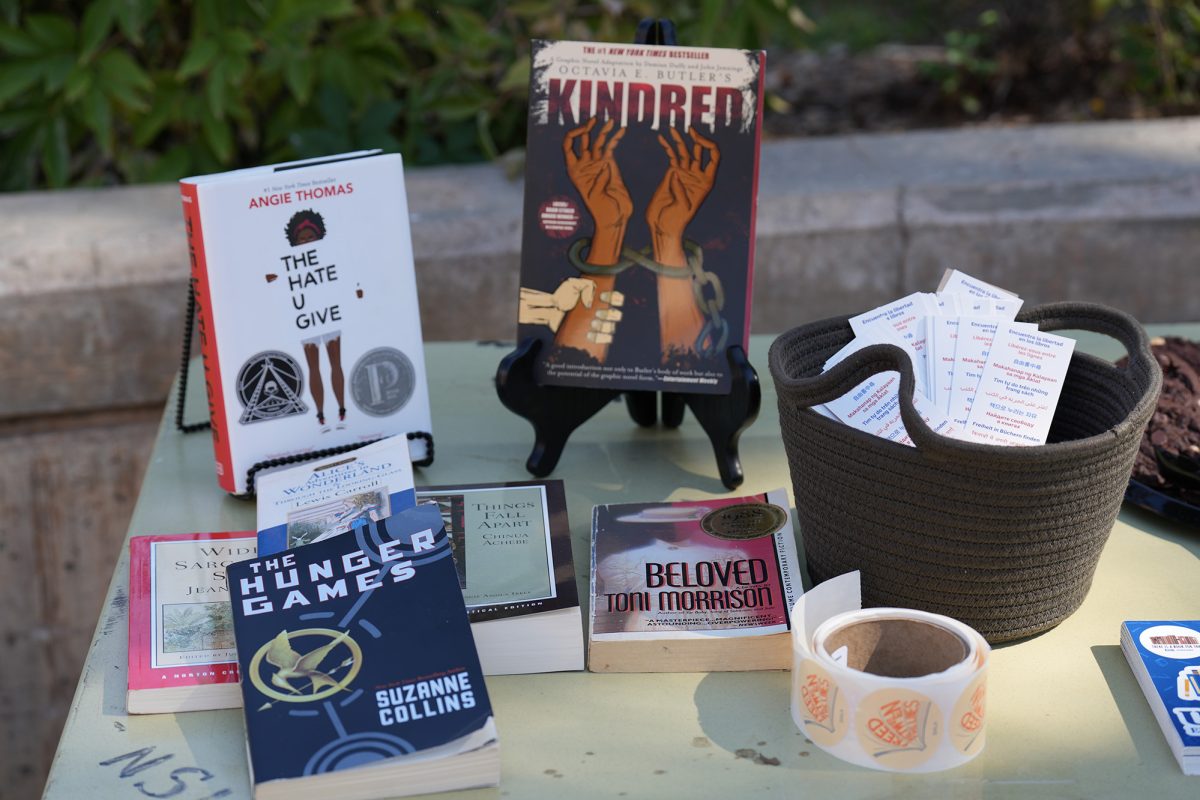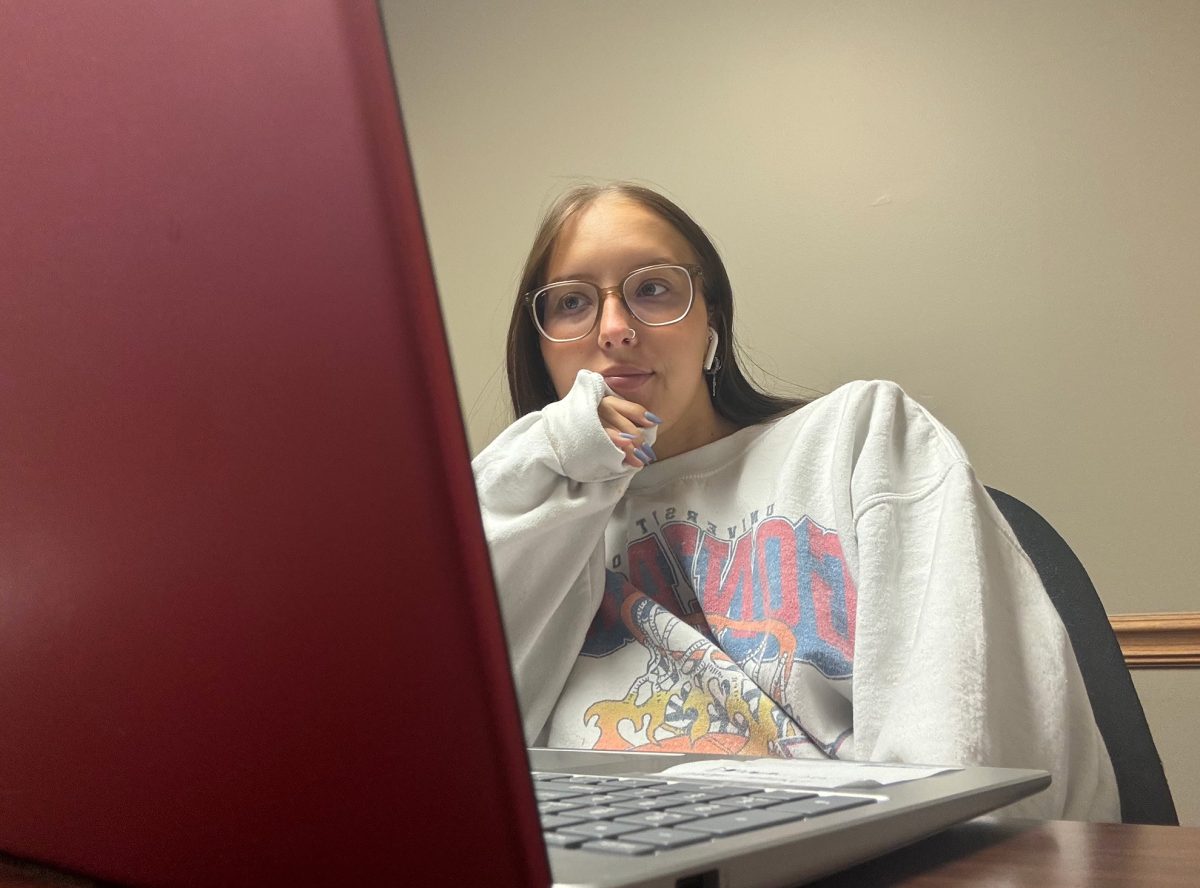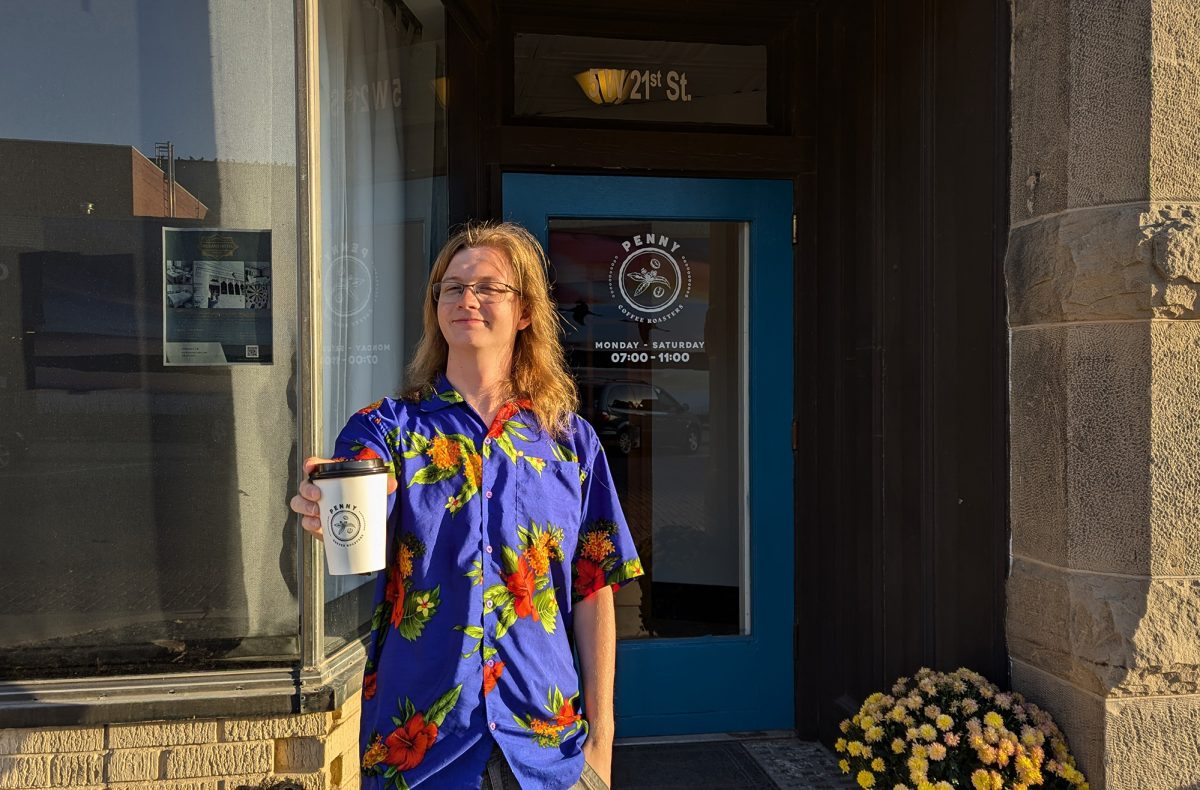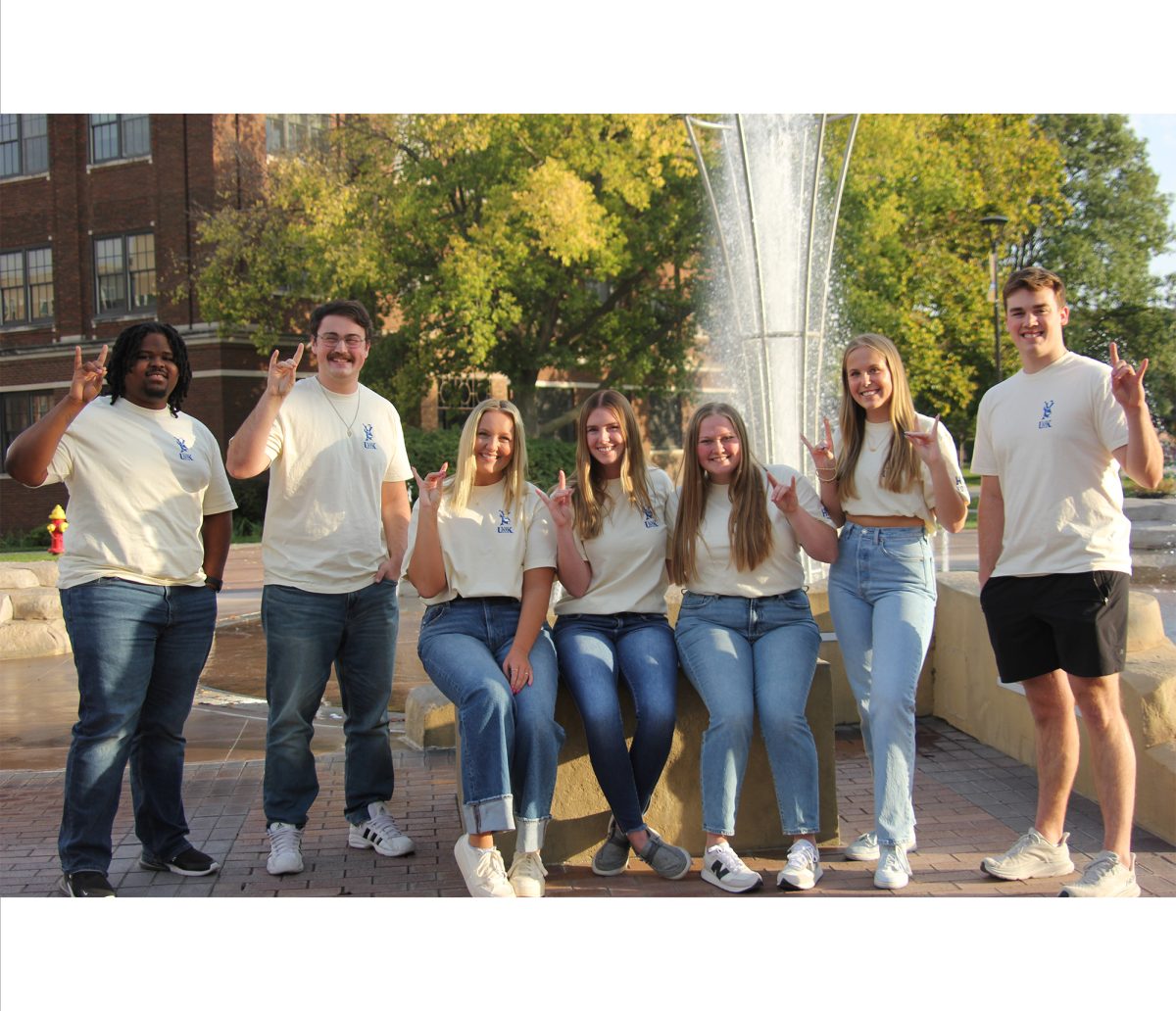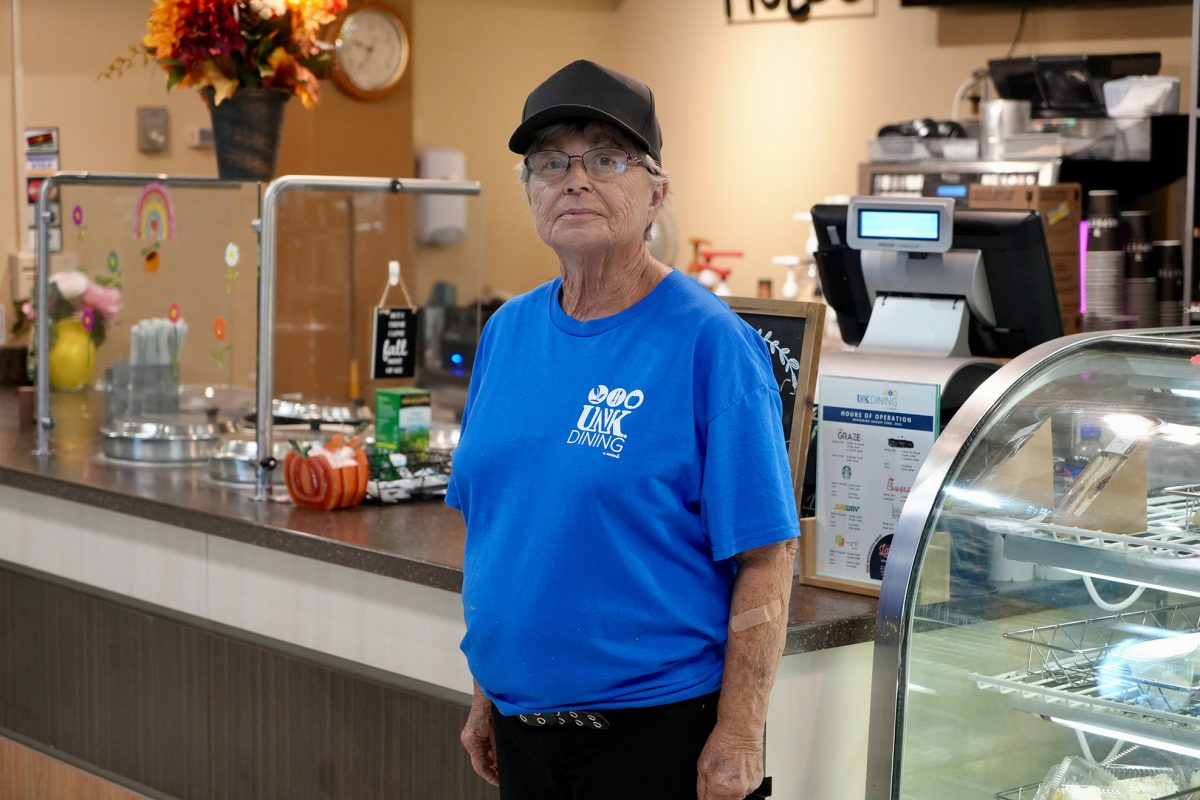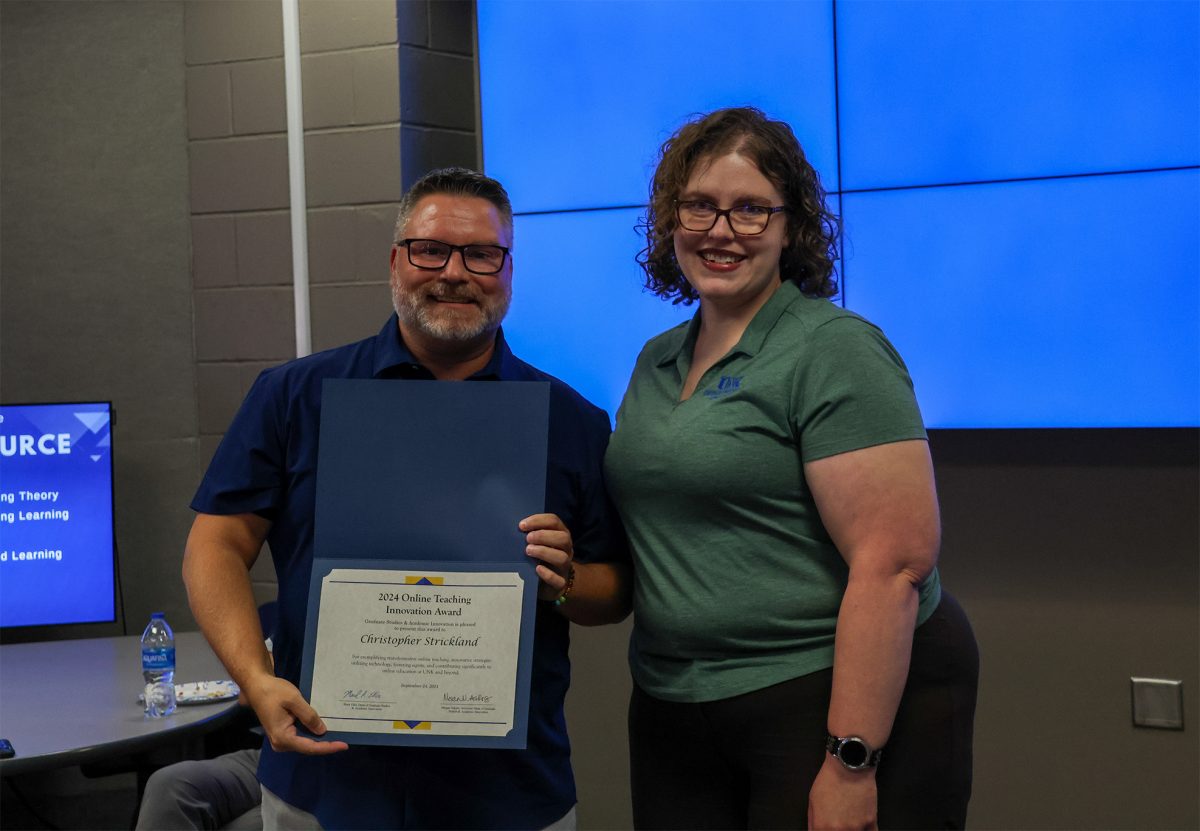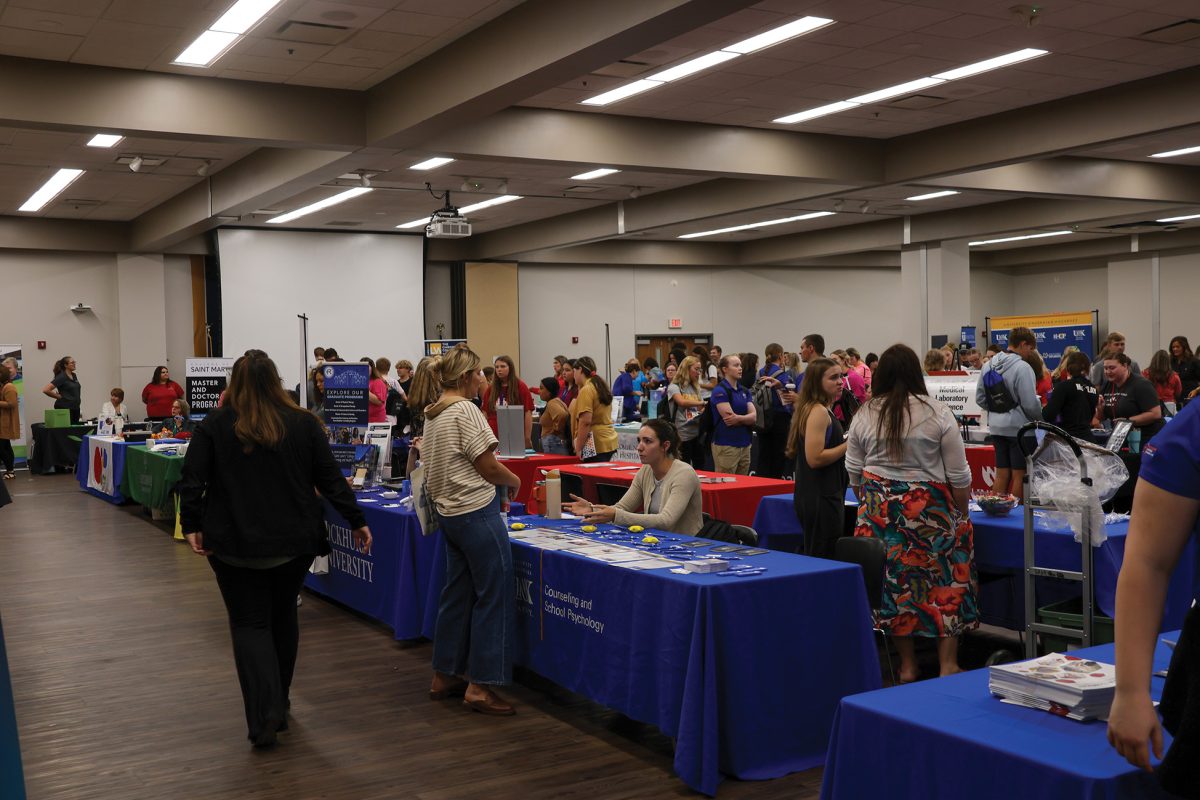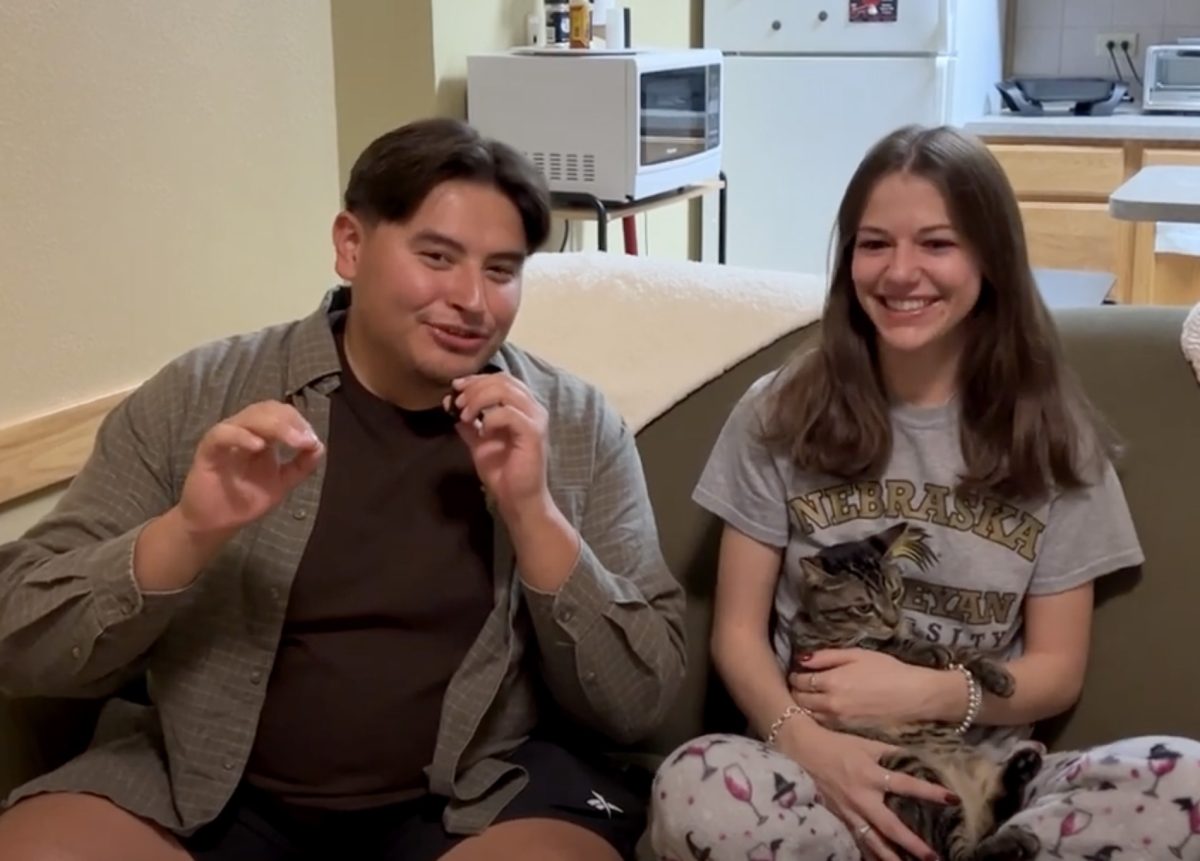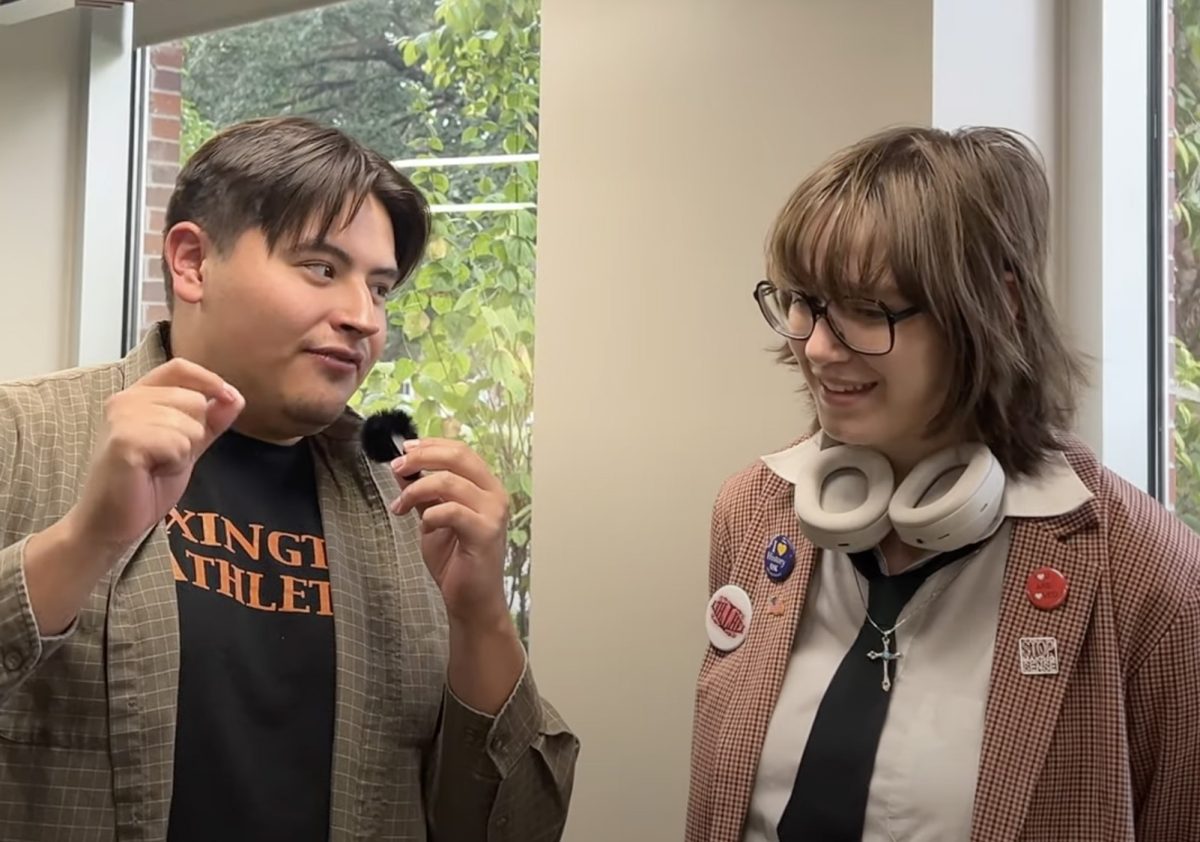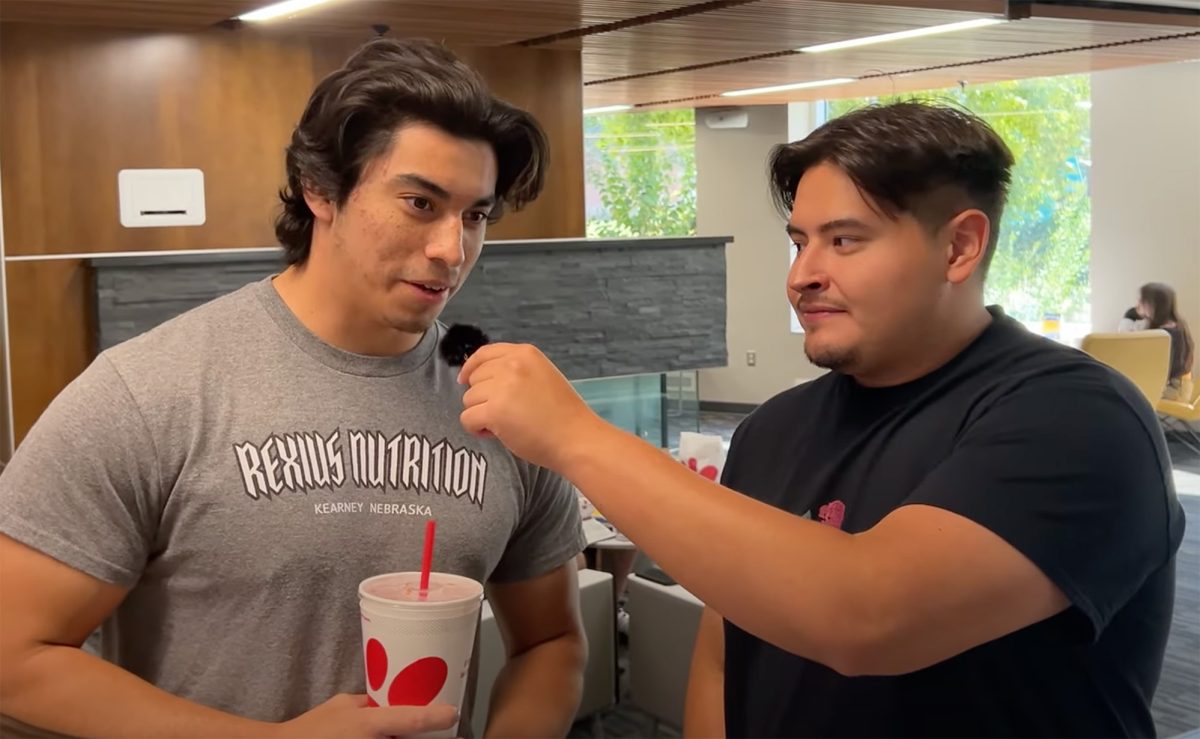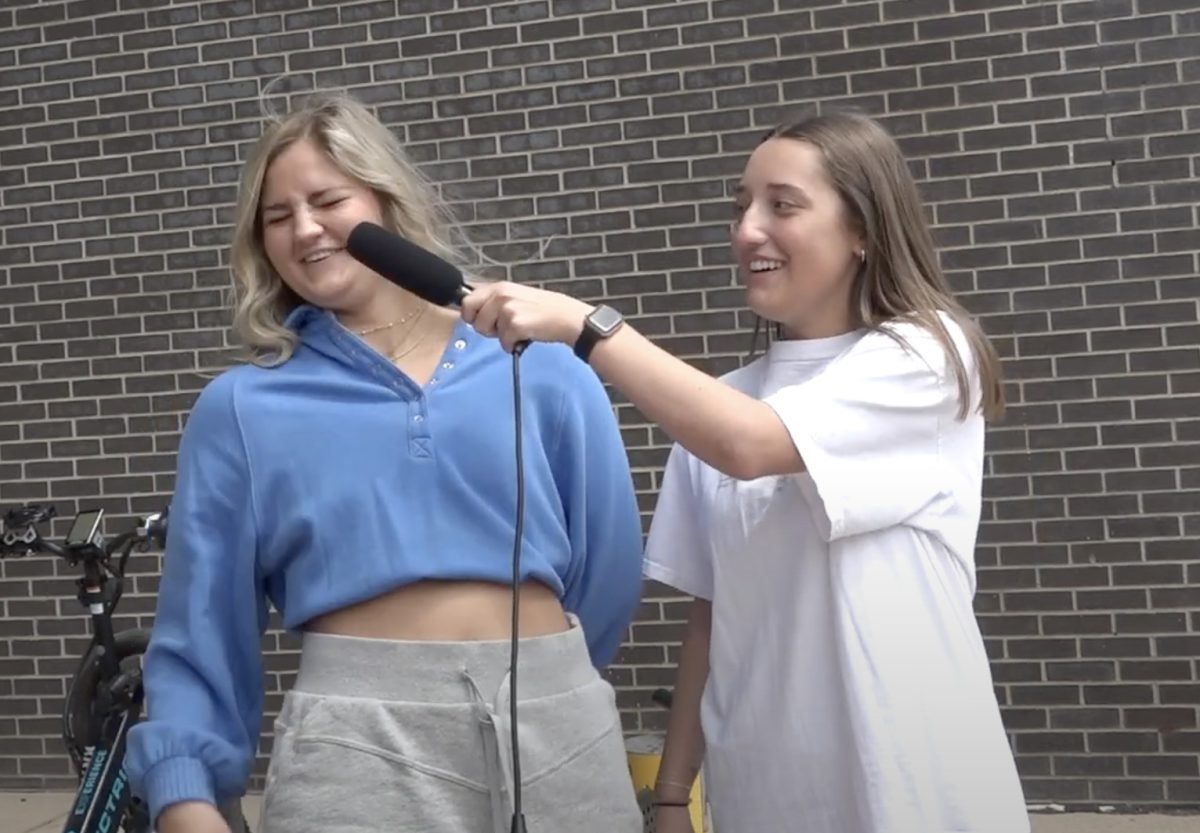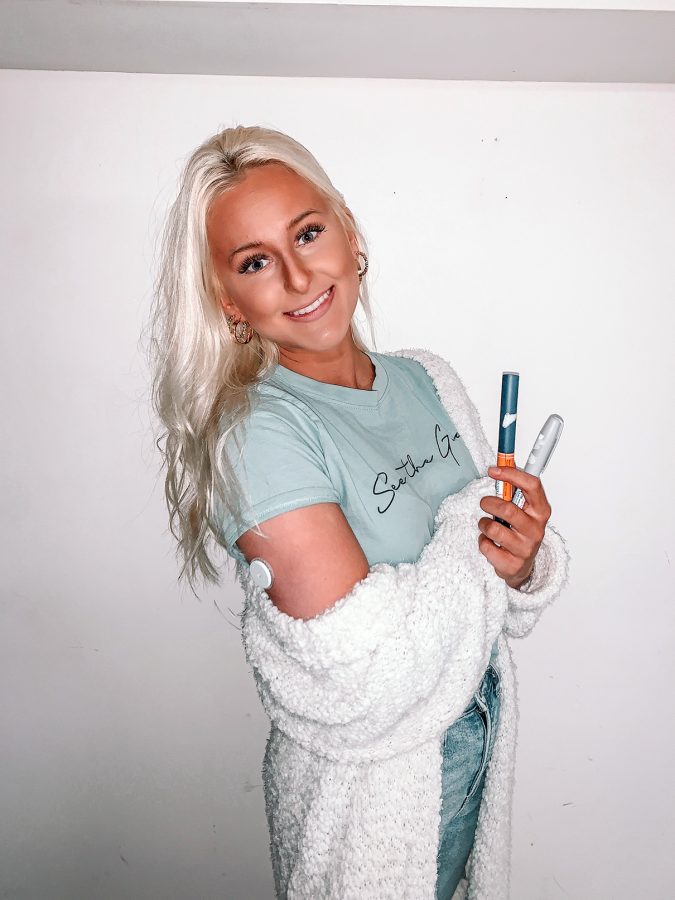kramerkj@lopers.unk.edu
When Olivia Paulsen wakes up, she gives herself a poke in the stomach before she can move on with her day. This is one of four pokes she will have to give herself before she goes back to sleep — just so she can wake up, and do it all over again.
On Aug. 26, Paulsen was diagnosed with Type 1 Diabetes at age 22.
“I have been [an] undiagnosed diabetic since I was at least 12 or 13,” said Paulsen, who is a senior at UNK majoring in advertising and public relations. “My parents always kind of knew something was wrong: in sports, I would get lightheaded pretty fast. On the softball field, I would need sugar if It was too hot but it happened so much, I just thought that was normal.”
The onset got really bad for Paulsen when she woke up one day after a night out at the bar this year. She had only two drinks and could hardly get out of bed the next day.
“I almost went into a coma in my apartment with nobody home,” Paulsen said. “I didn’t have any idea what to do. I just thought I had drank more than I should have or got drugged. I couldn’t move for days, and I couldn’t think straight. I was on the floor crying because I didn’t know what was wrong with me. That is when I decided, ‘This isn’t normal. I need to go to the doctor.’”
“I told them that I have all of the symptoms of diabetes, and the nurses didn’t believe me,” Paulsen said. “They actually kind of laughed.”
Standing 5 feet 6 inches and weighing 120lbs, Paulsen looks very healthy at a glance.
“Type 1 [diabetes] is genetic, and nobody in my family has had it before,” Paulsen said. “I had to beg [the nurses] to do a blood test. My glucose count that day was at 390.”
The normal glucose count for healthy people is 80-130.
She has always eaten well and taken care of herself; health has been a top priority for her.
“After that, the doctors started to believe me,” Paulsen said. “They ran more tests and double-checked to see if I was Type 1 or Type 2. Because of my healthy eating habits and lifestyle, they went off the general judgment that I have Type 1. A normal insulin count would be 13 and that day my count was three. That solidified it.”
“After that, I went to a specialist, and she handed me a bunch of insulin pens and gave me a little bit of information,” Paulsen said. “She told me what I can and can’t eat, how much insulin I should take and sent me on my way. It sounds dramatic, but that is when my life changed forever.”
Paulsen’s day to day life looks very different now.
Instead of grabbing food from her pantry on her way to class or going through the drive-through to cater to her busy schedule, she now has to slow down and think about what to eat and when she can eat it.
“My life literally depends on whether I eat healthy or not but I think it has been for the better,” Paulsen said. “My cupboard looks very different than other people’s. I eat a lot of peanut butter, salads for lunch and supper and cucumbers and tomatoes for snacks. Once in a while, I can eat grapes — they aren’t too bad in moderation.”
But Paulsen said there’s still a bit of a learning curve.
“The thing that is hard, is everyone whether Type 1 or Type 2, is different,” Paulsen said. “I’m still trying to figure out when I can and can’t eat. I have to have a set plan because I have to give myself a shot of insulin four times a day. Even just going out to eat with friends throws my whole day around.
As far as the social aspect, it has changed a lot.”
November is National Diabetes Awareness Month. World Diabetes Day is held on Nov. 14 each year to remember the birthday of the co-discoverer of insulin, Sir Frederick Banting.
Paulsen dedicates a big portion of her Facebook to diabetes awareness and tries to educate her friends and colleagues as much as possible through word of mouth and social media.
“I want to spread awareness, because not a lot of people know too much about diabetes,” Paulsen said. “The typical stereotype for diabetes is obese people that don’t take care of themselves, but that is not the case. I think it is important for people to understand the signs and symptoms of diabetes — for themselves, but also for their peers.”

